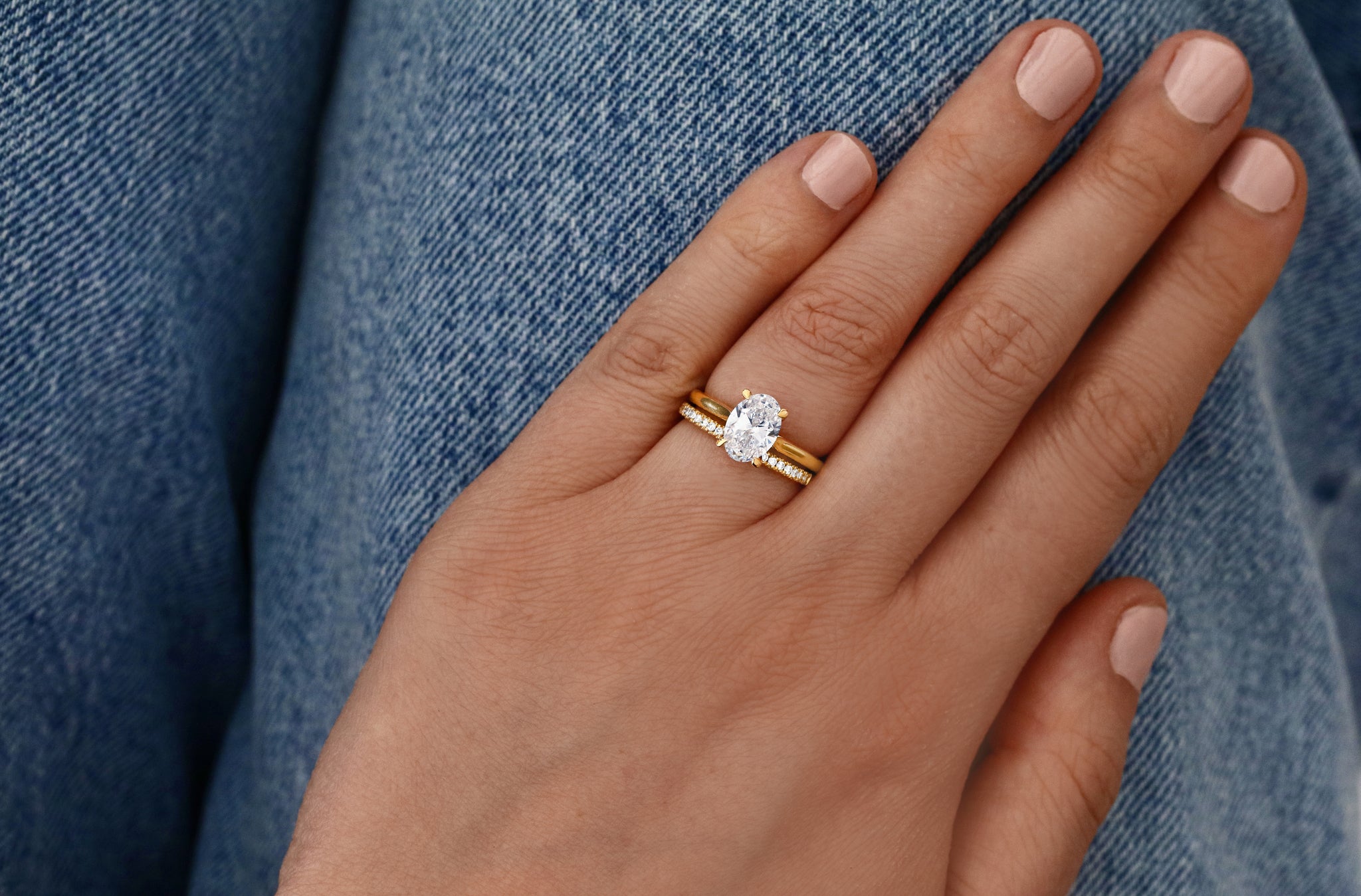In the world of diamonds, there’s a new contender on the block: lab-made diamonds. But how do they stack up against the real deal? Let’s break it down.
Introduction
Diamonds, those sparkling gems that have captivated hearts for centuries, come in two main varieties: lab-made and natural. Lab-made diamonds are created in controlled environments, while natural diamonds form deep within the Earth’s crust over millions of years.
Composition
Lab-made diamonds, also known as synthetic or cultured diamonds, share the same chemical structure as their natural counterparts. They are composed of carbon atoms arranged in the crystal lattice structure that gives diamonds their renowned strength and brilliance. On the other hand, natural diamonds undergo a natural process deep within the Earth, where carbon atoms are subjected to immense heat and pressure, resulting in the formation of diamonds.
Production Process
The production process for lab-made diamonds involves replicating the conditions found in the Earth’s mantle. High pressure and high temperature (HPHT) or chemical vapor deposition (CVD) methods are used to grow diamond crystals layer by layer. In contrast, natural diamonds form over millions of years as carbon-rich materials are subjected to extreme heat and pressure deep within the Earth’s mantle.
Quality and Purity
One of the advantages of lab made diamonds vs real is their consistency in quality and purity. Since they are created under controlled conditions, lab-made diamonds often exhibit fewer imperfections compared to natural diamonds, which can vary greatly in quality depending on their natural formation process.
Environmental Impact
When it comes to environmental impact, lab-made diamonds have a distinct advantage. The production of lab-made diamonds typically requires less energy and water compared to traditional diamond mining. Additionally, lab-made diamonds eliminate the need for environmentally disruptive mining practices, reducing their overall environmental footprint.
Cost Comparison
Cost is often a significant factor when choosing between lab-made and natural diamonds. While lab-made diamonds may have a lower price point compared to natural diamonds, factors such as size, cut, and quality can still influence the overall cost. However, the growing availability of lab-made diamonds is making them an increasingly affordable option for consumers.
Durability and Hardness
Both lab-made and natural diamonds boast exceptional durability and hardness, making them ideal for use in jewelry and industrial applications alike. Lab-made diamonds exhibit the same strength and hardness as natural diamonds, thanks to their identical chemical composition.
Aesthetics
In terms of aesthetics, lab-made diamonds are virtually indistinguishable from natural diamonds to the naked eye. Both types of diamonds exhibit the same brilliance, sparkle, and fire that make them prized gemstones.
Cultural and Emotional Value
While lab-made diamonds may lack the geological history of natural diamonds, they hold equal significance in terms of cultural and emotional value. Whether it’s a symbol of love, achievement, or status, the meaning behind a diamond transcends its origins.
Market Trends
In recent years, the market for lab grown diamonds has experienced significant growth as consumers become more environmentally and ethically conscious. However, traditionalists still value the rarity and prestige associated with natural diamonds, ensuring a continued demand for these timeless gems.
Consumer Considerations
When choosing between lab-made and natural diamonds, consumers should consider factors such as budget, environmental impact, and personal preferences. Whether it’s the allure of a natural wonder or the appeal of sustainable innovation, the decision ultimately lies in what holds value for the individual.
Misconceptions
There are several misconceptions surrounding lab-made diamonds, including concerns about their quality, durability, and resale value. In reality, lab-made diamonds undergo rigorous testing and certification processes to ensure their authenticity and quality, making them a reliable alternative to natural diamonds.
Ethical Concerns
Ethical concerns surrounding diamond mining, such as environmental degradation and human rights violations, have led many consumers to seek out alternative options like lab-made diamonds. By opting for lab-made diamonds, consumers can support ethical and sustainable practices within the industry.
Future Outlook
As technology continues to advance and consumer preferences evolve, the future of the diamond industry looks promising. With growing awareness of environmental and ethical issues, lab-made diamonds are poised to become a prominent player in the market alongside their natural counterparts.
Conclusion
In the debate between lab-made diamonds and natural diamonds, there’s no clear winner. Both options offer their own unique advantages and appeal to different preferences and values. Whether it’s the allure of a natural wonder or the appeal of sustainable innovation, the choice ultimately lies in what holds significance for the individual.

